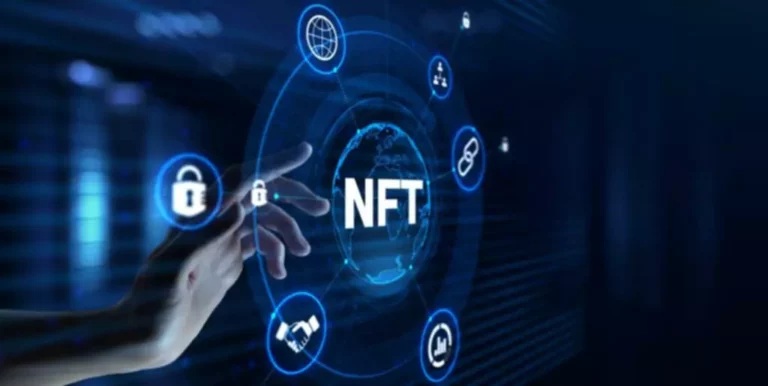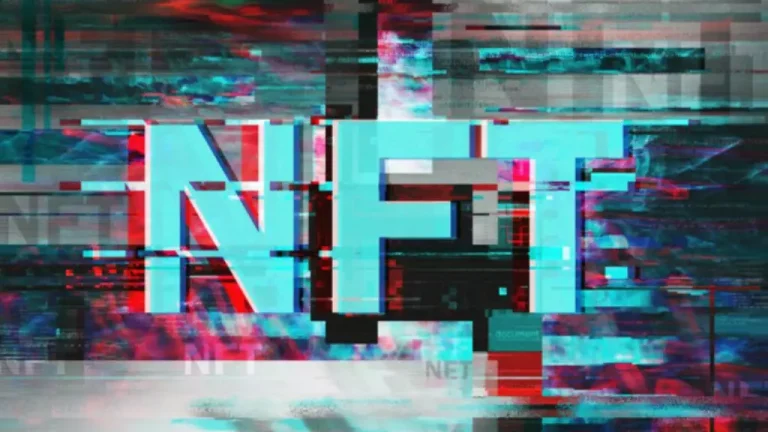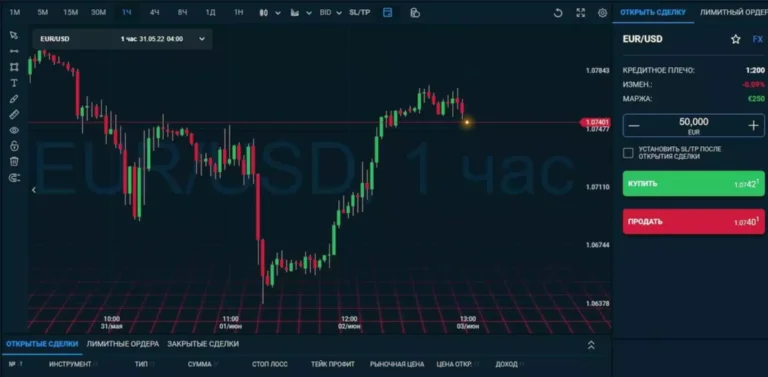Delegated Proof of Stake (DPoS) is a variant of PoS that features https://www.xcritical.com/ some extra options. Bitcoin makes use of Proof of Work (PoW) to reach consensus, however blockchain networks can use other strategies. It supplies a structured governance mannequin via its delegation and voting processes, fostering a extra democratic type of blockchain governance compared to its predecessors. This protocol solely makes use of block miners or stakes to validate transactions.
Just Lately, we improve DPos-based cash as a outcome of the DPoS consensus methodology has just lately gained recognition among cryptocurrency users. In this weblog, we will cover what PoW vs PoS vs DPoS entail and how they differ from one another and which one is best presently. PoW and PoS are the frequent consensus algorithm in the crypto world. They both help network nodes in reaching consensus over a single accounting system.

Delegates In Dpos:
Delegates who successfully produce new blocks obtain a block reward, which they will share with users. Delegated Proof of Stake (DPoS) is a consensus mechanism particularly developed for blockchain networks, evolving from the traditional Proof of Stake (PoS) strategy. Its aim is to overcome the restrictions of PoS and create extra environment friendly blockchain networks. While Bitcoin reaches an agreement through Proof of Work (PoW), there are a number of other methods blockchain networks can come to a consensus. Proof of Stake (PoS) is one of the commonest consensus mechanisms. Delegated Proof of Stake (DPoS) is a consensus mechanism that could be a benefits of delegated proof-of-stake variation of the basic Proof of Stake (PoS) system.
DPoS advanced from PoS and permits users of the network to vote in delegates who then validate blocks. If you are a working professional, you realize it’s difficult to balance your profession, social life, and private life. Similarly, blockchain networks discover it tough Proof of space to stability security, scalability, and decentralization optimally.

Coordinating the preferences of a diverse token holder base and managing the rotation of witnesses requires strong governance constructions. In this article, we discuss the consensus mechanisms, pros and cons of DPoS, and how it differs from Nominated Proof-of-Stake (NPoS). DPoS is an opportunity for people to contribute to a blockchain community, even without massive amounts of funds to obtain mining gear. DPoS techniques, however, aren’t perfect and face shortcomings, corresponding to points surrounding decentralisation. In the EOS community, each consumer can vote for as much as 30 candidates, and the highest 21 are selected. For occasion, TRON is amongst the many well-liked networks using the DPoS mechanism.
Token holders take part in the consensus process by voting for their most well-liked delegates. The weight of a vote is usually proportional to the number of tokens the voter holds. This aligns the interests of token holders with the security and reliability of the network. Customers can stake their tokens in a staking pool to vote for their preferred delegate.
- Wealthier members might manipulate the system by buying extra tokens to influence the choice of witnesses.
- A limited variety of witnesses can rapidly attain a consensus in comparability with algorithms like PoW and PoS.
- If too much power is concentrated in the arms of just a few delegates, it may lead to a scenario where they’ve full control over the network and its future growth.
- DPoS evolved from PoS and allows users of the network to vote in delegates who then validate blocks.
- Delegated Proof of Stake (DPoS) is a well-known consensus mechanism.
The PoW algorithm is utilized by bitcoin and the vast majority of other well-known cryptocurrencies. Witnesses validate blocks in Delegated Proof of Stake and are responsible for the integrity of the blockchain. Each witness is elected by token holders through a voting system that enables people to influence the governance of the community utilizing its native asset – the governance token. When they validate blocks accurately, they earn transaction fees, which they might share with the customers who voted for them.
High 10 Real World Assets (rwa) Crypto Coins

After analyzing different blockchains, he realized that many forks have been current and that the governance protocol was centralized around validators. Subsequently, he created a DeFi product named “SUMM” that works on the Delegated Proof of Stake (DPoS) protocol. This means all transactions performed throughout the ecosystem might be validated by a group of delegates. Block validators then verify the blocks created by producers through consensus. Anybody can be a validator working on any node, however validators don’t receive rewards.
In DPoS, the elected witnesses play a vital function in block production. If a bunch of delegates colludes or varieties alliances, they may compromise the integrity of the blockchain by acting of their collective curiosity somewhat than the community’s well-being. Because voting power is commonly proportional to the variety of tokens held, there is a threat of vote buying or the formation of voting cartels. Wealthier individuals might manipulate the system by buying extra tokens to influence the selection of witnesses. All examples listed on this article are for informational functions solely.
Delegated Proof of Stake’s combination of effectivity and scalability makes it a gorgeous selection for blockchain tasks that stability efficiency with decentralization. Inspired by the successes of BitShares and EOS, a number of different blockchain projects adopted DPoS as their consensus mechanism. Notable projects like Lisk and Ark carried out variations of DPoS to achieve higher scalability and throughput. DPoS demonstrated notable successes in terms of scalability and transaction pace, addressing a variety of the limitations of PoW. However, it additionally faced criticisms, especially concerning centralization, as a end result of comparatively small variety of elected witnesses. Daniel Larimer, a prominent determine in the blockchain neighborhood, formally introduced the idea of DPoS.
Let’s have a glance at the intricacies of assorted consensus mechanisms their unique options and look at their impact on blockchain ecosystems. Delegated Proof of Stake (DPoS) is a robust consensus mechanism combining efficiency, scalability and user involvement. It is ideal for blockchains requiring excessive transaction volumes and fast processing. Centralisation risks and reliance on an lively group are potential drawbacks. Networks implementing DPoS have to be fastidiously designed to mitigate these dangers and maximise its benefits. Although Proof of Work (PoW) presents robust safety, it lacks power effectivity and scalability.
They are each used to help network nodes agree on a single accounting system. Another concern is that DPoS can be weak to centralization, which fits towards the decentralized nature of blockchain know-how in general. If an excessive amount of energy is concentrated within the palms of only a few delegates, it could result in a scenario the place they have full management over the community and its future growth. In a PoS system, the probability of a user being chosen to validate a block is proportional to their stake (i.e. the number of tokens that they hold). This means that users with a bigger stake have a larger likelihood of being chosen to validate a block. In latest weeks, we’re seeing a lot of enterprise clients opt for a Delegated Proof-of-Stake (DPoS) consensus mannequin for their Blockchains.
Examples of cryptocurrencies that use the DPoS algorithm embrace Solana, BitShares, EOS, Steemit, Tezos, Tron, and Cosmos. The DPoS course of begins with the election of delegates through a voting system the place each token holder can participate. After one cycle ends, voting occurs once more to decide out the following set of block producers. Typically, token holders vote for 30 block producers, and the highest 21 are chosen to behave as delegates. These delegates produce and signal blocks on behalf of the stakeholders and make decisions on block measurement, block rewards, and different platform upgrades.